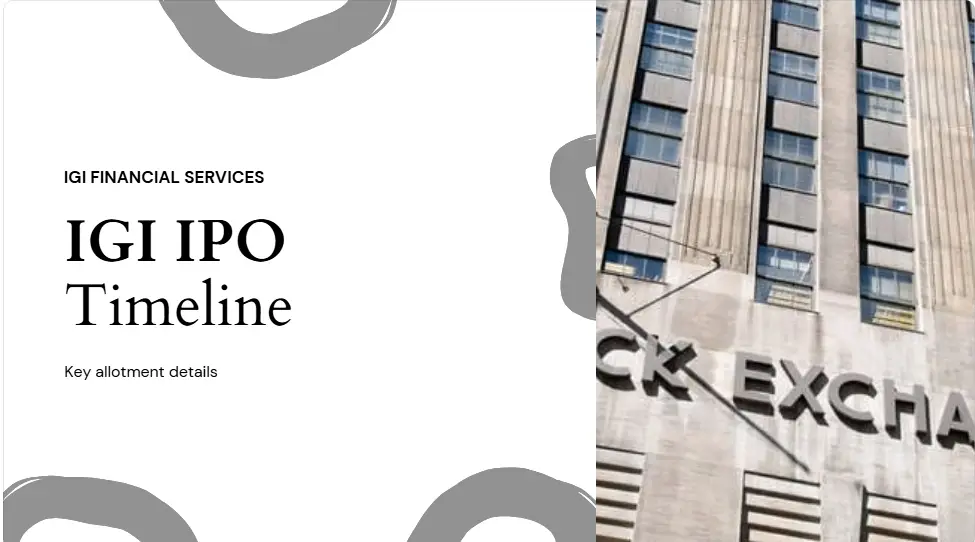Making wise investment selections requires an understanding of a mutual fund’s PE ratio. Knowing how to examine the PE ratio of mutual funds online in India will help you determine whether the fund you have selected is overpriced or undervalued, regardless of your level of experience as an investor. Everything you need to know about mutual fund PE ratios, including how to compare them and where to locate official, up-to-date data, will be covered in this comprehensive guide.
What is PE Ratio in a Mutual Fund?
A mutual fund’s price-to-earnings (PE) ratio is calculated by averaging the weights of all the equities in its portfolio. It helps you determine if the fund is investing in stocks that are overpriced, moderately valued, or undervalued.
The equities are comparatively cheap if the PE ratio is lower.
A greater PE ratio indicates that the stocks may be overpriced or that they are part of industries with rapid growth.
Therefore, your investing goal will determine what a decent PE ratio for mutual funds is:
- Higher PE ratios could be acceptable to growth-oriented investors.
- Lower PE ratios are frequently preferred by value investors.
Why is Checking PE Ratio of Mutual Funds Important?
Let’s first examine why the PE ratio of mutual funds is important before moving on to how to check it online:
- Valuation insight: Assists in determining whether the fund is purchasing expensive or overpriced stocks.
- Risk assessment: In erratic markets, high PE ratios may indicate increased risk.
- Alignment of Strategy: The PE ratio assists you in matching the fund to your own risk-return profile.
Advanced Mutual Fund PE Ratio Calculator
Authorized PE Ratio Check Method Official Source
🔍 Click to View Official PE Ratio Checking Steps
-
Visit AMC WebsiteExample: SBI Mutual Fund
-
Navigate to Fund SectionLook for 'Our Funds' or 'Schemes'
-
Select Specific FundUse fund name or search option
-
Access Portfolio DetailsCheck 'Portfolio' or 'Factsheet' section
-
Locate PE RatioFound under 'Portfolio Characteristics'
PE Ratio Analysis
Predictive PE Ratio Insights
Benchmark Comparison
| Index | PE Ratio | Difference |
|---|
How to Check PE Ratio of Mutual Fund Online [Step-by-Step]
Association of Mutual Funds in India (AMFI)
AMFI provides links to AMC websites for official fund factsheets, but it does not display the PE ratio directly. It’s a respectable starting point.
- Steps: Visit the AMFI website.
- Either pick a fund under NAV history or click “Fund Fact Sheets.”
- You will be taken to the official AMC website as a result.
Value Research Online – Simplified & Reliable
Steps:
- Type the name of your fund into the search bar.
- From the list of results, select the appropriate fund.
- Navigate to the “Portfolio” area.
- Go to “Portfolio Characteristics” and scroll down to see:
- The PE Ratio
- The PB Ratio
- Average Market Value
- 📊 Their data presentation and visual layout make it simple to compare mutual fund PE ratios.
Morningstar India – Global Quality Insights
Steps:
- Use your fund’s name to search.
- Select the appropriate match by clicking on it.
- Proceed to the “Portfolio” area.
- Find the Ratios of Valuation:
- The PE Ratio
- Cost to Reserve
- Yield on Dividends
- 📈 Perfect for anyone looking for info on mutual fund PE ratio charts and long-term performance.
Mutual Fund PE Ratio Analyzer
Current Selection: Large Cap Funds
Typical PE Range: 18 - 28
Mutual Fund PE Ratio Chart: Track Trends
Historical PE ratio charts are available on numerous websites, such as Value Research and Morningstar. These graphs assist you:
- Monitor the value of funds over time.
- Determine which phases are overbought or undervalued.
- Strategically time your investments
- The mutual fund PE ratio chart is your best friend if you’re a data-driven investor.
Understanding PE Ratios in Mutual Funds Expert Analysis
PE Ratio Benchmarks
| Strategy | PE Range | Rationale |
|---|---|---|
| Growth | 30+ | Future earnings potential |
| Value | <20 | Current undervaluation |
| Balanced | 20-25 | Growth-stability balance |
Key Complementary Factors
-
Fund Manager Experience5+ year track record
-
Sector AllocationMax 25% per sector
-
Portfolio Turnover<30% ideal
-
Risk AssessmentCompare with category
Final Thoughts: Why You Should Regularly Check Mutual Fund PE Ratio
Include checking the mutual fund’s PE ratio in your regular portfolio review now that you know how to do it online. Although they are not the sole metric, PE ratios are a strong predictor of valuation and potential for future growth.






